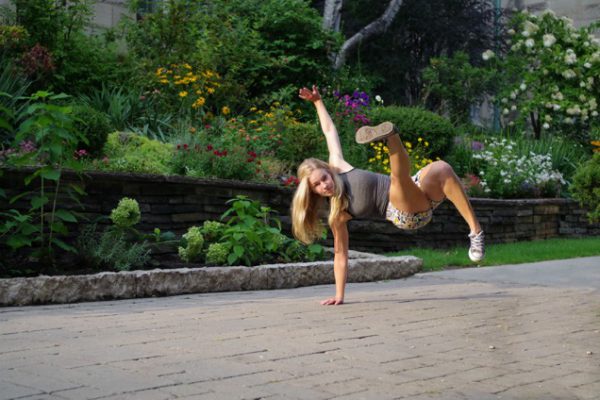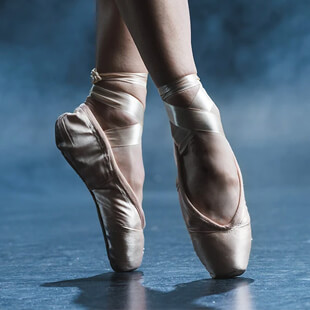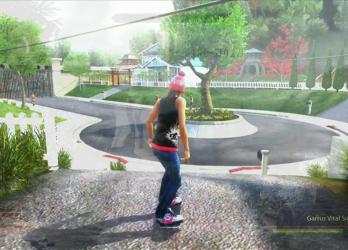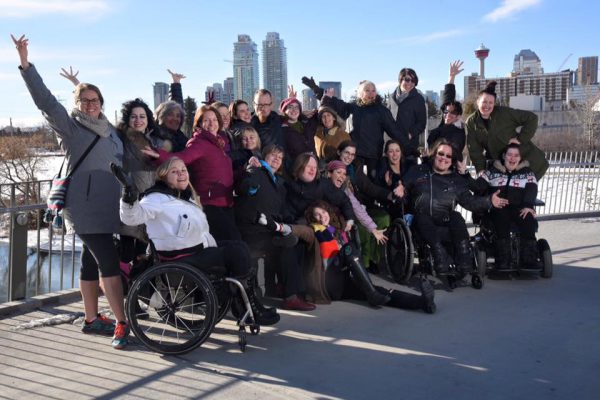Presented with research and writing support from education sponsor York University department of dance.
In 1996, a small group of Black teen staff at the East Scarborough Boys and Girls Club began an after-school dance program to keep local students busy and out of trouble. What seemed like a simple extracurricular club soon had a huge impact on the development of Canada’s commercial dance industry. This club and others like it are where fantastic talents including Latoya Webley, Jae Blaze, Luther Brown, Tanisha Scott, Director X and Tasha Tazz created some of the first big breakthroughs in their dance careers. These after-school dance clubs, such as Uneeq, Rukus and Do Dat, became part of a growing movement, bringing a loyal audience and fresh talent to Canadian dance.
In the ’90s, hip-hop dance was marginalized in Canada. Its associations with and origins in African culture had often deemed it “too Black” and “too urban” for the mainstream. Many thought that hip hop lacked technique and skill. To people who looked like me, people whose families came from far and wide to Canada for a better life, hip hop was a vital form of expression, a way of honouring and connecting to our ancestors’ African dance practices while creating something new.
In the late ’90s, Scarborough, Ont., was a predominantly BIPOC community. The culturally focused community-run programs were a staple for the growth and development of many families in the area. After-school dance groups were an important outlet where facilitators such as Mai and Najah Dowdie and Diana Webley merged dance and ancestral connection to build a strong sense of identity. Thanks to the passion and resilience modelled in these community-based extracurricular programs, many Black Canadian dancers went from performing on local stages to performing in stadiums internationally.
To people who looked like me, people whose families came from far and wide to Canada for a better life, hip hop was a vital form of expression, a way of honouring and connecting to our ancestors’ African dance practices while creating something new.
Dowdie
After these programs took off, community members like Brown (So You Think You Can Dance and The Next Step) and Blaze (The Cheetah Girls: One World) created competition spaces specially for Canadian hip hop. These competitions are where groups like Uneeq, Rukus, Mad Skillz and Brown’s Do Dat would perform, expressing their creativity in game-changing ways. Toronto hip-hop competitions made the genre more accessible to those who were not yet welcome in studios and traditional dance spaces.
As these groups started gaining loyal audiences, these dancers’ skills got the attention of worldwide celebrities such as Sean Paul, Shakira and Rihanna. Dancers who began as young teens in after-school dance clubs were now being seen, front and centre, in music videos, television shows and live tours. One of the dancers from Rukus, Latoya Webley, appears in Beyoncé’s newest visual album, Black Is King.
Dance is community, so when we build creative and diverse community spaces, dance is truly able to continue to grow and flourish. Although we often see change as large striking steps forward, groups like Uneeq, Rukus and Do Dat show us that even the smallest steps in the right direction can be just as momentous, breaking glass ceilings.
This article was originally published in the Fall 2021 issue.
Tagged:





